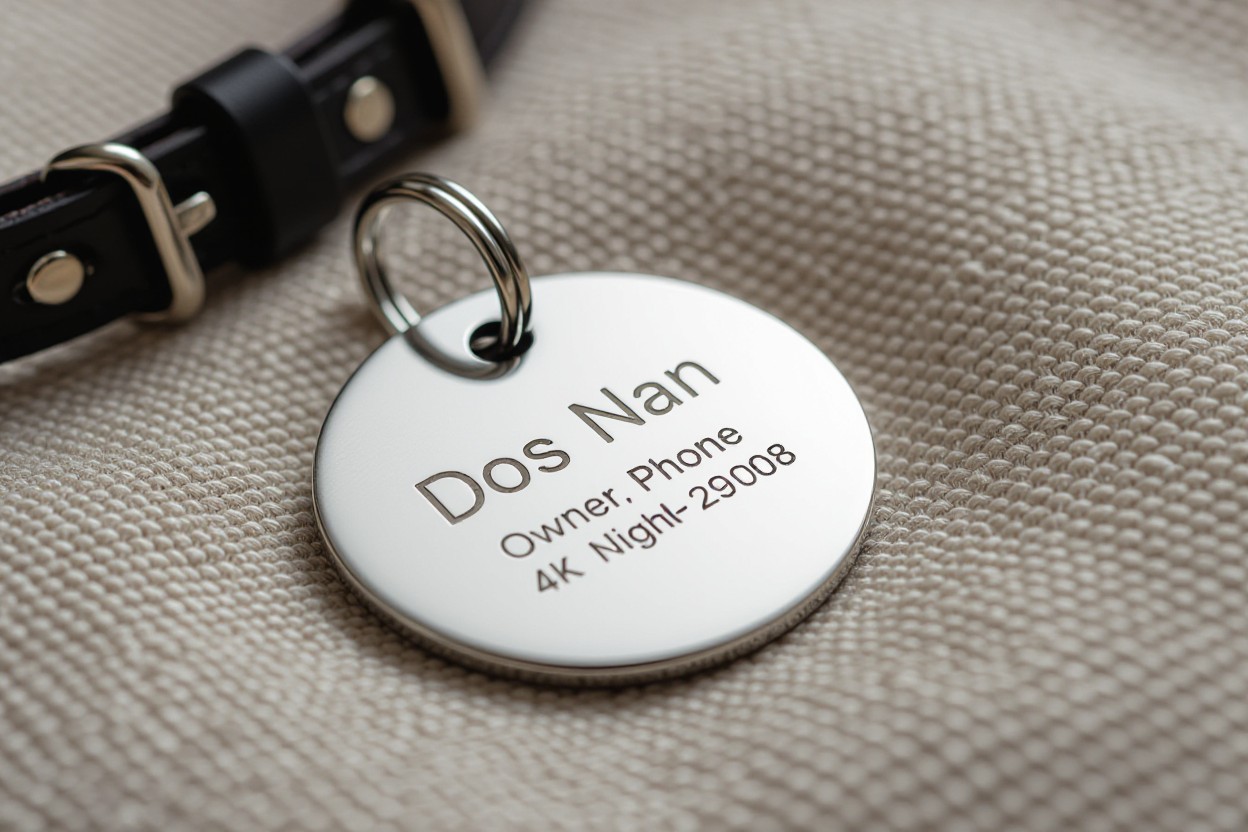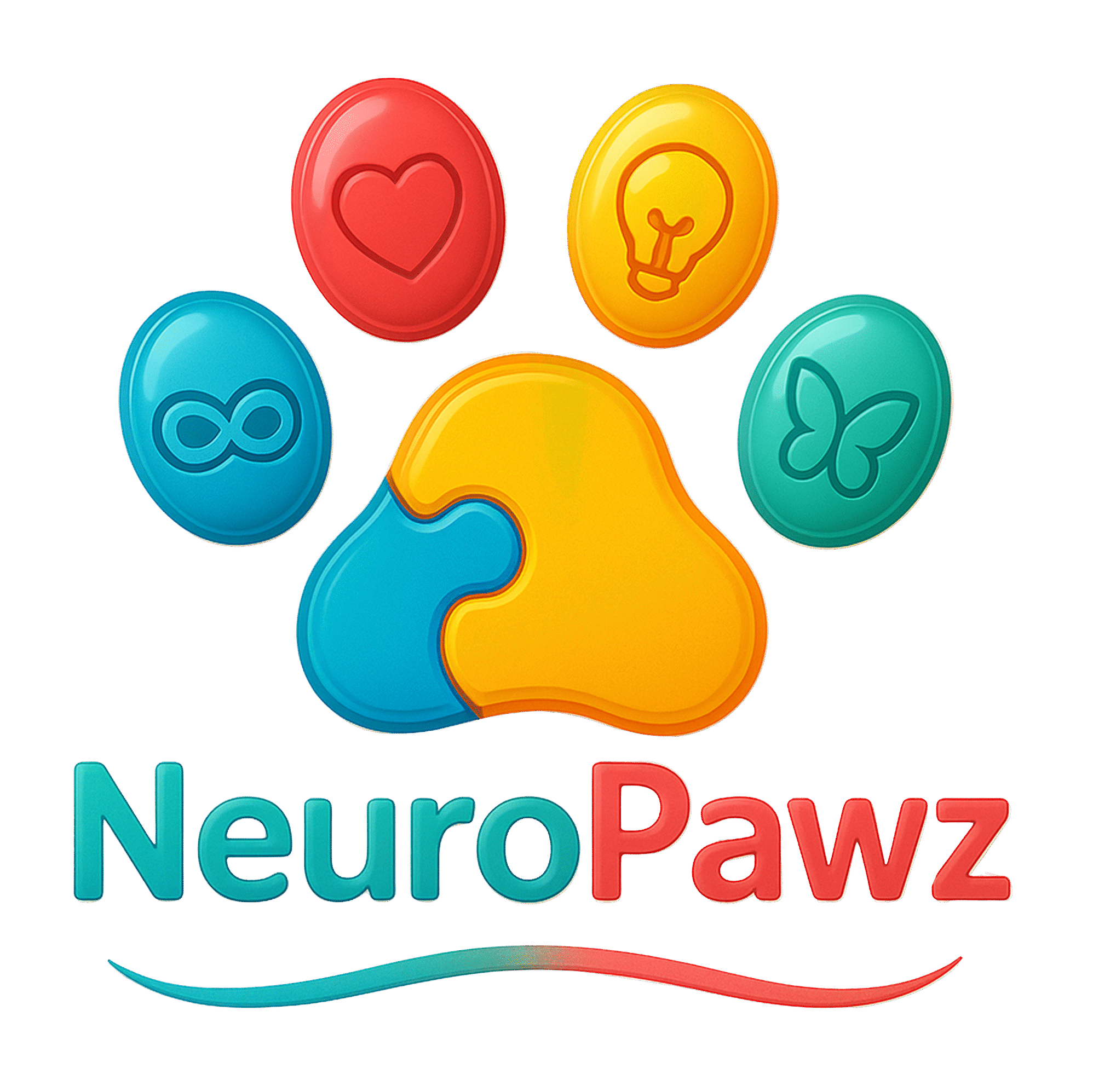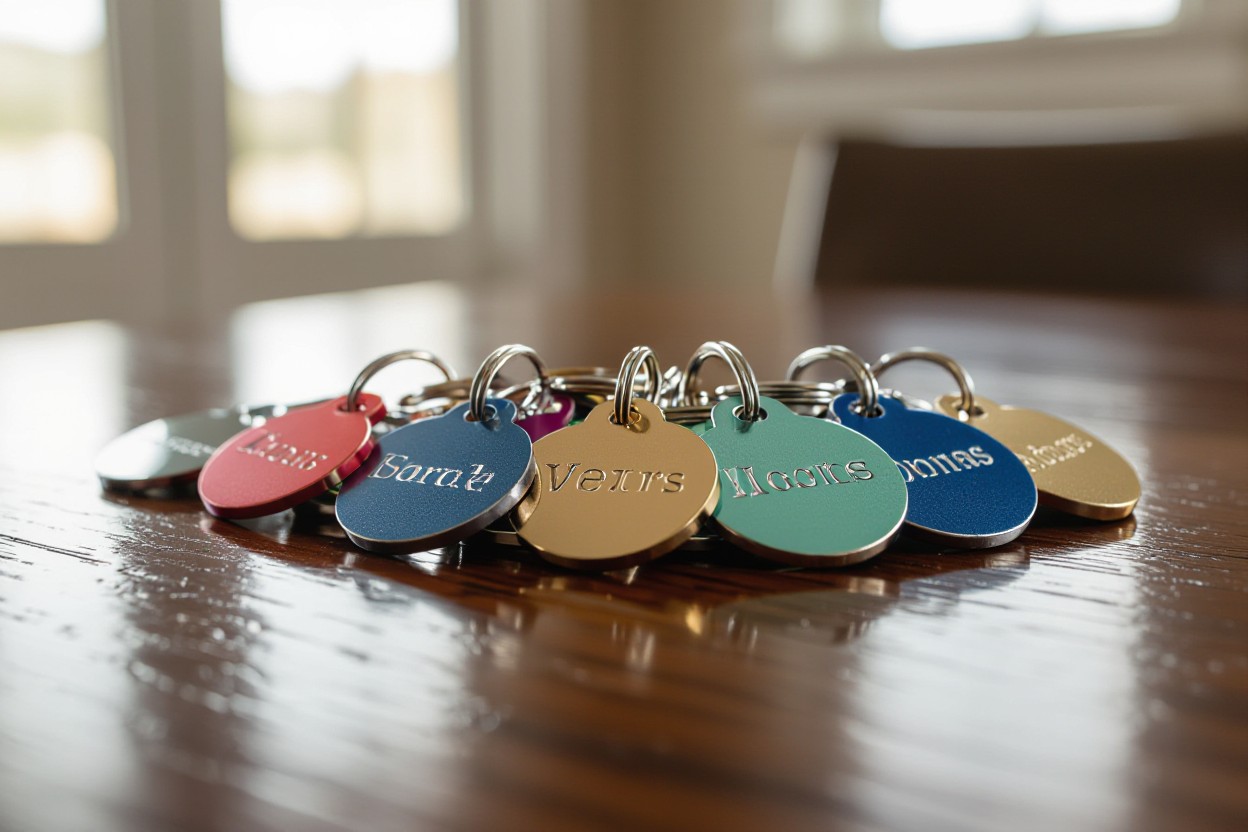There’s no better way to protect your pet than a well-crafted, engraved ID tag; when your dog is lost, clear contact information and legible engraving dramatically increase the chance of a safe return. Choose durable materials and secure attachments, include up-to-date phone numbers and any medical alerts, and pair the tag with microchipping for redundancy—these steps give you the best chance to recover your dog quickly and safely.
Importance of Dog ID Tags
In cities and suburbs, identification tags often reunite owners with lost dogs faster than microchips alone; shelters report that visibly tagged dogs are reclaimed within 24–72 hours far more often. With about 10 million pets lost or separated in the U.S. each year, you protect your dog from prolonged stress, theft, or exposure by ensuring clear, durable engraving and up-to-date contact details on your tag.
Safety and Security
If your dog slips a collar or bolts during walks, a tag with your phone number and city gives finders an immediate way to contact you; animal control and shelters often prioritize tagged animals and call owners within 48 hours. You should include a short medical note—e.g., “Needs meds”—if applicable, because busy finders and vets act faster when a health concern is visible.
Legal and Ethical Considerations
Many jurisdictions require a rabies tag and license; noncompliance can lead to fines or temporary impoundment. You must balance privacy and reunification—use a secondary contact number or registry code rather than your home address, and keep licensing info current to avoid legal issues when an animal is found or turned in.
Microchips complement tags but depend on scanning; studies show microchipped pets still rely on visible ID for quick returns. Consider engraving only a first name and one reachable phone number, storing vet and proof-of-ownership details in an online registry linked via a short code on the tag. Ethically, you should respond promptly to callers and avoid misleading info—failure to act can escalate to abandonment claims or complicate ownership disputes.
Features of Personalized Engraved Dog ID Tags
You get a mix of safety and style: tags commonly measure 25–38 mm in diameter with 1–3 mm thickness, allow 2–4 lines of engraving (about 15–25 characters per line), and offer double-sided text or QR/NFC options to link to your pet profile. Laser engraving resists wear far better than printed inks, and visible contrast or reflective finishes improve night-time visibility for faster returns.
Materials and Durability
Stainless steel and titanium provide corrosion-resistant, long-lasting options for active dogs, while anodized aluminum and brass lightweight choices suit smaller breeds; silicone-coated tags reduce noise. Typical tag lifespans exceed several years with laser engraving; choose at least 1.2 mm thickness for durability. Avoid tags under 20 mm for small dogs because they can pose a choking hazard.
Design Options
Shape and finish choices include bone, circle, heart, and custom silhouettes, with enamel color fills, photo printing, and icons for medical alerts. You can add a QR code or NFC chip to connect to a live profile, include emergency symbols, and pick legible fonts; many providers let you preview a mock-up to confirm spacing and contrast before ordering.
For best results, prioritize your phone number on the first line (include country code), put the pet name second, then status like “MICROCHIPPED” or “MED ALERT.” Use bold, sans-serif fonts and high-contrast enamel for tags around 30 mm; a sample layout: +1 555-123-4567 / MAX / MICROCHIPPED, which keeps critical info readable at a glance.
Choosing the Right Engraving
Match engraving depth, layout and content to your dog’s size and the tag material. Many manufacturers support 2–3 lines and about 15–25 characters per line, so prioritize necessarys on smaller tags: your primary phone number and the pet’s name. Opt for deep laser or mechanical engraving on stainless steel or brass to resist wear far better than surface printing. Keep text compact and bold for fast scanning; unreadable or worn lettering dramatically lowers the chance of a safe return.
Essential Information to Include
Put your primary phone number and a secondary contact on separate lines, and include your pet’s name to encourage approachable handling. Add single-word medical alerts like INSULIN or ALLERGY if applicable. Avoid listing your full home address—use city/state or “Home” to reduce safety risks. Use international format (+1 123-456-7890) if you travel, and keep total characters per line within manufacturer limits.
Font and Style Considerations
Select a clean, sans-serif font such as Arial or Helvetica for your tag; uppercase letters and numbers read fastest at a glance. Steer clear of script or decorative fonts that blur at small sizes, and request a proof image before finalizing. Specify high-contrast deep engraving or filled engraving for longevity and choose larger, bolder digits for phone numbers to aid quick recognition.
On a 25mm (1″) round tag you can expect to fit two lines of roughly 10–12 characters legibly; 30–35mm tags allow about 12–18 characters per line. Ask for at least 2–3 mm character height where possible and prefer thicker stroke widths—these survive scratching and dirt. Case studies from tag manufacturers show black-filled engraving maintains legibility far longer than shallow etching, so place critical info like numbers on their own line in bold/uppercase for maximum read-back success.
Benefits of Personalized Engraving
Personalized engraving turns a simple tag into a multifunctional tool: faster reunions, on-the-spot medical alerts, and a durable record that outlasts adhesive labels. Laser-engraved stainless steel resists wear and stays legible for years, and many owners report notably quicker returns when tags include clear phone numbers, city, and a secondary contact. Adding a concise note like “Seizures—call vet” or a QR code linking to medical records can be the difference between a safe return and emergency vet time.
Improved Identification
Engrave a primary and secondary contact, your city, and a short microchip ID or QR link to give finders instant options. In several municipal-shelter case studies, dogs wearing readable tags were returned to owners at significantly higher rates—sometimes shifting return percentages from the low teens into the 30–50% range. Provide a clear phone number on one line and a backup contact or microchip on another to reduce delays at shelters and with Good Samaritan finders.
Emotional Connection
Personalized text like your dog’s nickname, adoption date, or a short phrase deepens the bond and makes the tag feel like a keepsake you’ll want to keep forever. Owners often choose engravings such as “Milo — Adopted 06/12/21” or a tiny icon that reflects personality; those details reinforce identity during daily walks and become meaningful mementos after loss, turning practical ID into an emotional heirloom.
Beyond sentiment, you can use engraving to tell your dog’s story and practical needs: include temperament notes (“friendly with dogs”), vaccination status via a QR profile with photos and records, or a succinct medical alert for allergies or medications. Services that link QR-tag scans to a secure profile let you store vet info, emergency contacts, and reward details so finders act quickly and you retain control of sensitive data.

Caring for Your Dog ID Tag
Maintenance Tips
Clean your tag weekly with warm water and mild dish soap, scrubbing gently with a microfiber cloth; for stuck grime soak 5–10 minutes. Polish stainless steel or brass with a jeweler’s cloth and avoid bleach or abrasive pads that can strip engraving. You should inspect the split ring and rivets every 2–4 weeks for wear. Assume that replacing a frayed ring after one season prevents most accidental losses.
- engraved dog tag
- ID tag
- QR tag
- stainless steel
- contact info
When to Replace
Replace your tag as soon as the engraving becomes hard to read, edges crack, or the split ring shows a gap over 1 mm. Aluminum tags often fade within 6–12 months of heavy outdoor use, while stainless steel typically lasts 3–5 years. If your tag rattles loudly or develops sharp edges, swap it immediately to avoid injury to your dog.
You can opt for laser engraving or deeper etching if engraving depth drops below 0.5 mm, since shallow text fades quickly; double-sided printing preserves info longer. QR or NFC elements need intact coatings—heavy scratching can render a digital code unreadable within weeks. You should check for green corrosion on brass or pitting on cheaper metals and replace immediately if damage obscures phone or address details.
Where to Purchase Personalized Engraved Dog ID Tags
You’ll find options across online marketplaces and local retailers, each with trade-offs in price, speed, and quality. Online shops offer thousands of designs and advanced customization like QR codes and microchips, often for $6–$40 with 2–10 day shipping. Local stores let you test size and hardware in person and often provide same-day engraving and confirm your contact details. Compare materials—stainless steel resists wear best.
Online Retailers
Marketplaces such as Etsy, Amazon, and Chewy list over 5,000 custom tag options with variable fonts, icons, and QR integration; specialty sites let you preview fonts and request engraving proofs. Prices typically run $6–$35, with express shipping in 1–3 days and standard 3–10 days. Check seller ratings and sample images so you can confirm legibility and engraving depth before buying.
Local Pet Stores
You can visit chains like Petco and PetSmart or independent shops to feel tag weight, test clip attachments, and ensure size fits your collar; many outlets offer on-site engraving or coordinate next-day service. Staff often help condense contact info for space limits, and you can leave with a finished tag in under an hour at stores equipped with engraving machines.
Independent shops frequently carry higher-grade metals like brass and stainless steel, with prices typically between $8–$25; jewelers and locksmiths in your area can also engrave thicker tags for deeper, longer-lasting text. Ask to inspect a sample under light to verify contrast and ask staff to stamp a phone number layout so you can test readability at a distance.
Conclusion
Presently you can ensure your dog’s safety and identification with personalized engraved ID tags that combine durability, legible engraving, and important contact details. By choosing the right material, size, and engraving style, you increase the likelihood of a quick reunion if your pet is lost. You also reinforce responsibility and style while protecting your companion with a simple, effective accessory.

